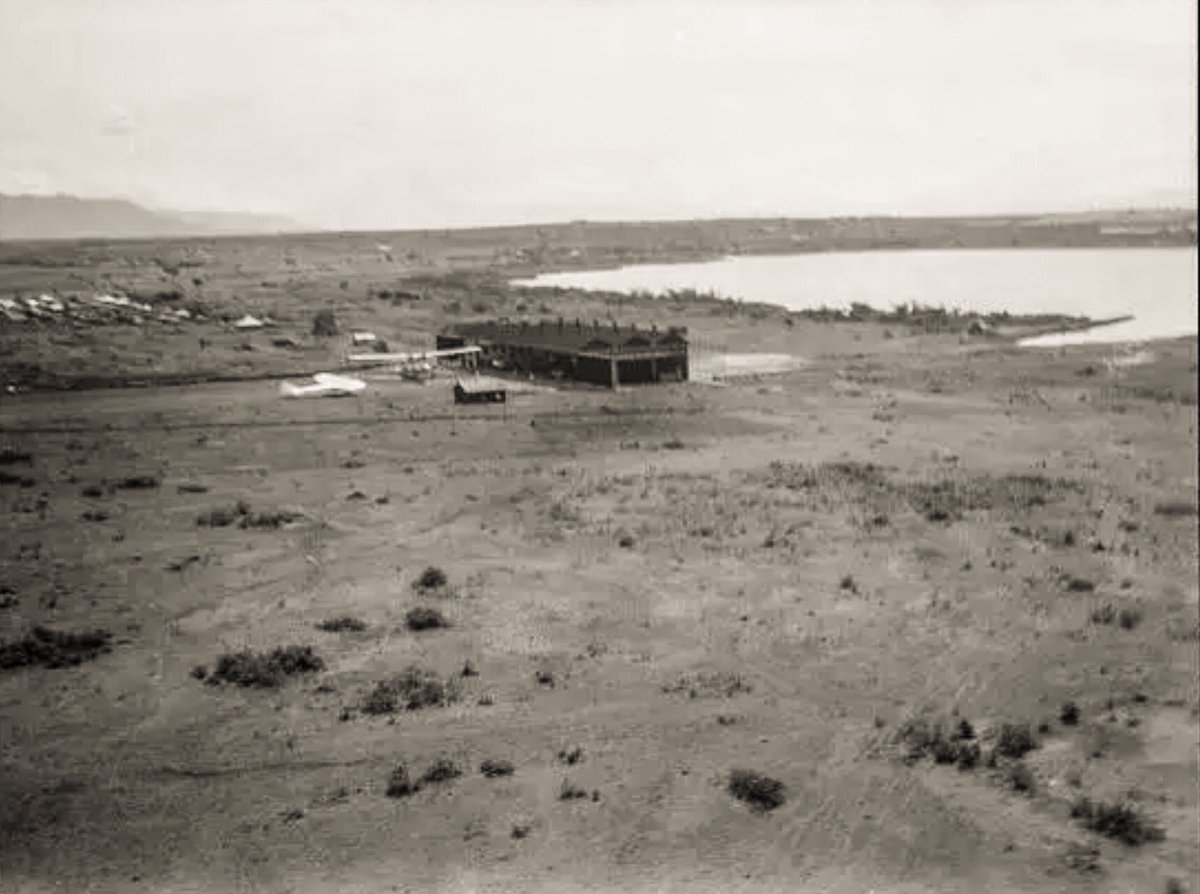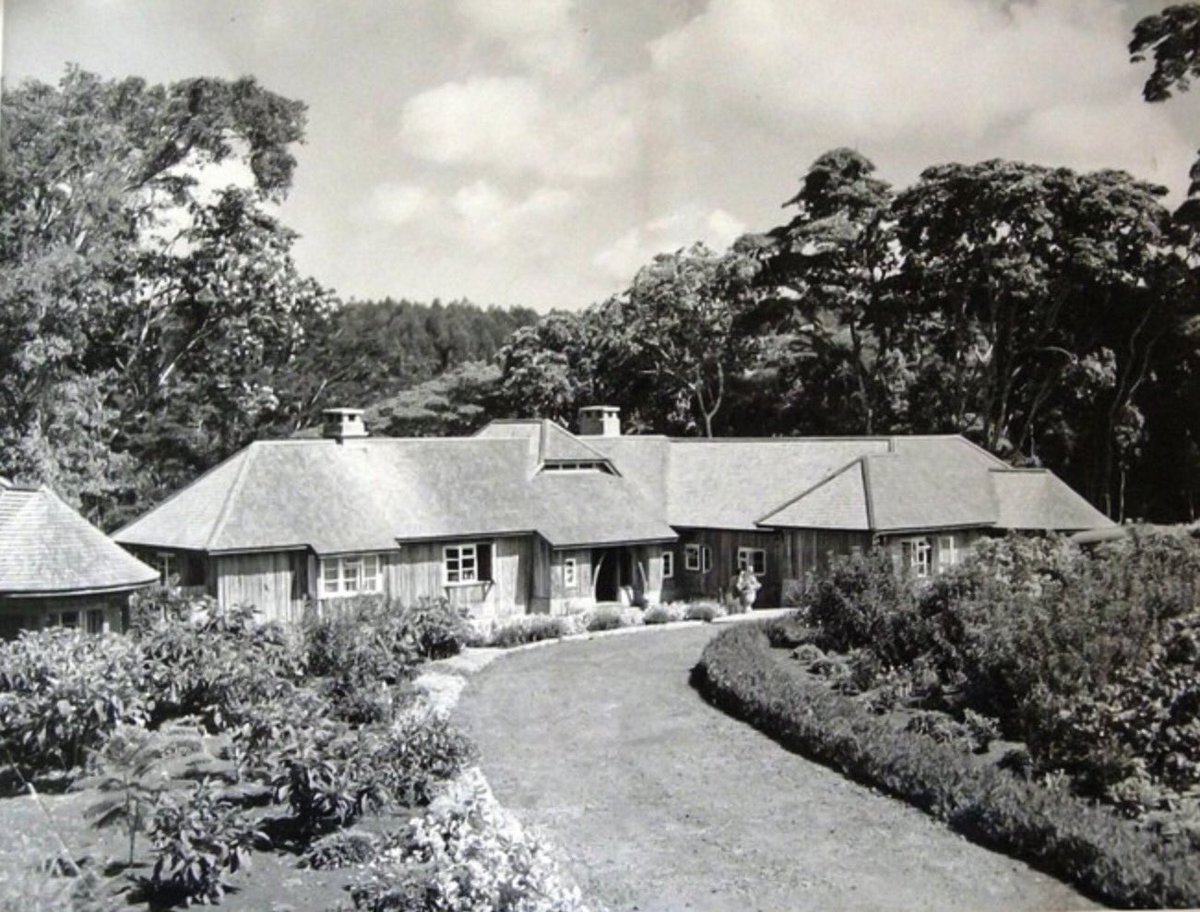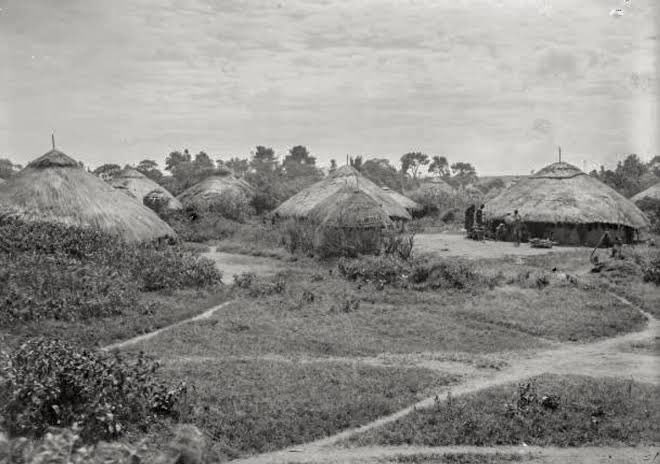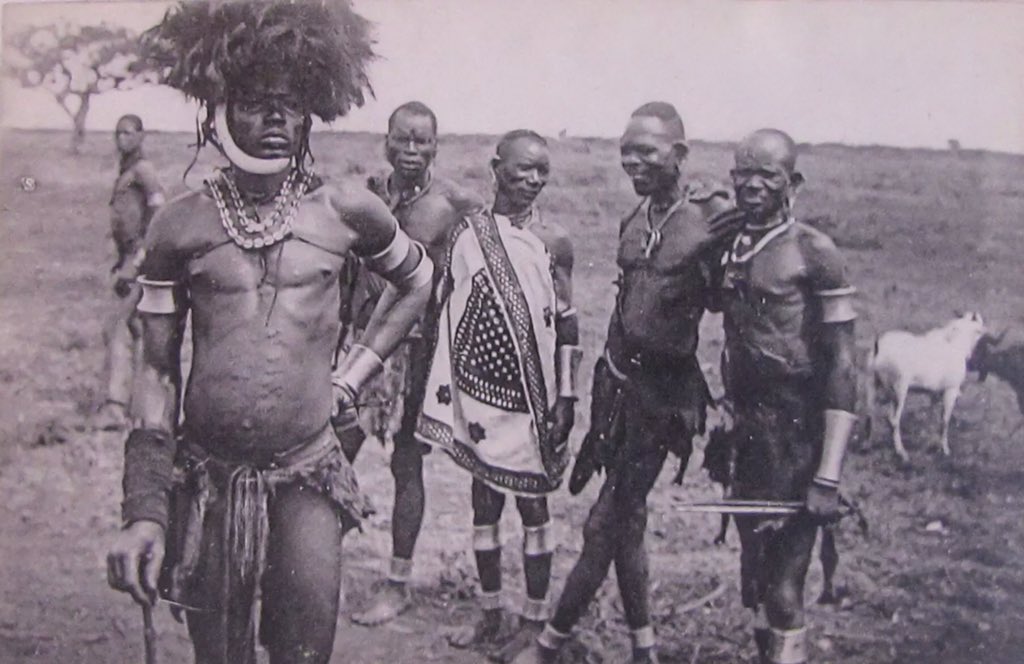This is a 1936 photo taken from the air of Kisumu Airport. It is the Kisumu International Airport we know of today.

Prof. Ogot attributes this trade in cloth to the practice of nanga - that is, wearing of western clothes.





















